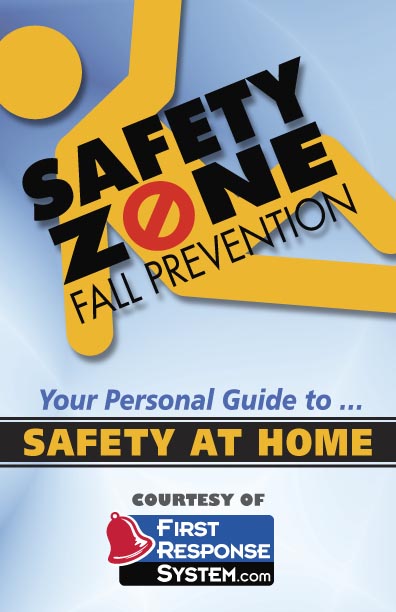
Yearly flu vaccination for seniors and elderly adults (age 65+) should start before the flu season takes hold in their community. Since it takes about 2 weeks after the vaccination for antibodies to fully develop in the body to ultimately protect against the influenza virus infection, it is advisable to schedule a flu vaccination for September or October. Yet, as influenza activity peaks in January, getting a flu shot even later (i.e. November or December) can still prevent one from acquiring the flu virus in the event the flu is still in circulation. As the flu vaccine diminishes in strength over the course of a year, it is essential for older adults to eat a healthy year-round diet to help boost the body’s immune system. This combination is the single most effective way to prevent serious illness and to combat flu season.
Top 6 Natural Foods To Strike Back The Flu
1. YOGURT. Bacteria formed in yogurt, called probiotics, are known to strengthen and boost the immune system. No fat or low fat yogurt, mixed with blueberries or strawberries or banana is a tasteful and healthy way to help prevent the flu virus. Cottage cheese, a related fermented food like yogurt, can serve as a delicious alternative.
2. CARROTS. Carrots contain beta-carotene which is used to combat respiratory infection so prevalent in older adults. Also try sweet potato, dark green vegetables and nutrient-rich (winter) squash.
3. TOMATOES. Tomatoes are rich in vitamin C to bolster the immune system which in turn helps fight against colds and the flu. One tomato provides up to forty percent of the daily requirement of vitamin C. Eat alone, mix with a dark green-leafed salad, drink as a juice or combine to create a zesty spaghetti sauce for lunch and/or dinner.
4. ALMONDS. These nuts are a rich source of vitamin E, an antioxidant, which aids the body in fending off viral infections in older adults. Serve as chopped almond, almond butter, almond milk and almond oil.
5. MUSHROOMS. Mushrooms are super rich in selenium and boost the body’s immune system by increasing the activity of natural killer cells that provide resistance to viral infections.
6. TEA. Green, black and oolong tea contain naturally occurring powerhouse compounds such as quercetin (an antioxidant) and L-theanine (an amino acid only naturally found in tea) that can dramatically reduce the risk of getting the flu virus. Green tea happens to be a popular and favorite blend for tea drinkers of any age.
OTHER NATURAL FOODS TO CONSIDER. Peas, pinto beans, peanuts, wheat germ, sauerkraut, pumpkin squash, dark green vegetables and sweet potatoes.
As always, we strongly recommend an annual wellness appointment coupled with your annual flu vaccination and year-round natural foods dietary plan to combat illness, boost the immune system and to maintain an active, healthy and independent lifestyle. In the event of a sudden medical emergency, accident or severe illness, use our First Response personal medical alert system and 24/7 monitoring service to get the medical assistance you need at a moments notice.









 Flu season in the late summer, fall and early winter is upon us. Flu, more commonly known as influenza, is a contagious disease that affects the lungs and can lead to serious complications, illness (i.e. pneumonia) and sometimes death amongst the elderly in particular. The single most important preventative measure to combat the flu and flu season is to
Flu season in the late summer, fall and early winter is upon us. Flu, more commonly known as influenza, is a contagious disease that affects the lungs and can lead to serious complications, illness (i.e. pneumonia) and sometimes death amongst the elderly in particular. The single most important preventative measure to combat the flu and flu season is to 
 The flu is a contagious respiratory condition caused by one or more influenza viruses that infect the nose, throat and lungs. The flu, also commonly called influenza, can cause mild to severe illness and can sometimes lead to death. The most effective measure to combat the flu is to
The flu is a contagious respiratory condition caused by one or more influenza viruses that infect the nose, throat and lungs. The flu, also commonly called influenza, can cause mild to severe illness and can sometimes lead to death. The most effective measure to combat the flu is to 
 Exercise
Exercise “I am very uneasy and have had many falls after my surgery. Ordering the First Response system was easy and I even set it up myself. I have had to use my alert button a few times so far. My daughter has even been contacted after I had taken a few falls. My First Response system has worked great each time I’ve needed it!”
“I am very uneasy and have had many falls after my surgery. Ordering the First Response system was easy and I even set it up myself. I have had to use my alert button a few times so far. My daughter has even been contacted after I had taken a few falls. My First Response system has worked great each time I’ve needed it!”